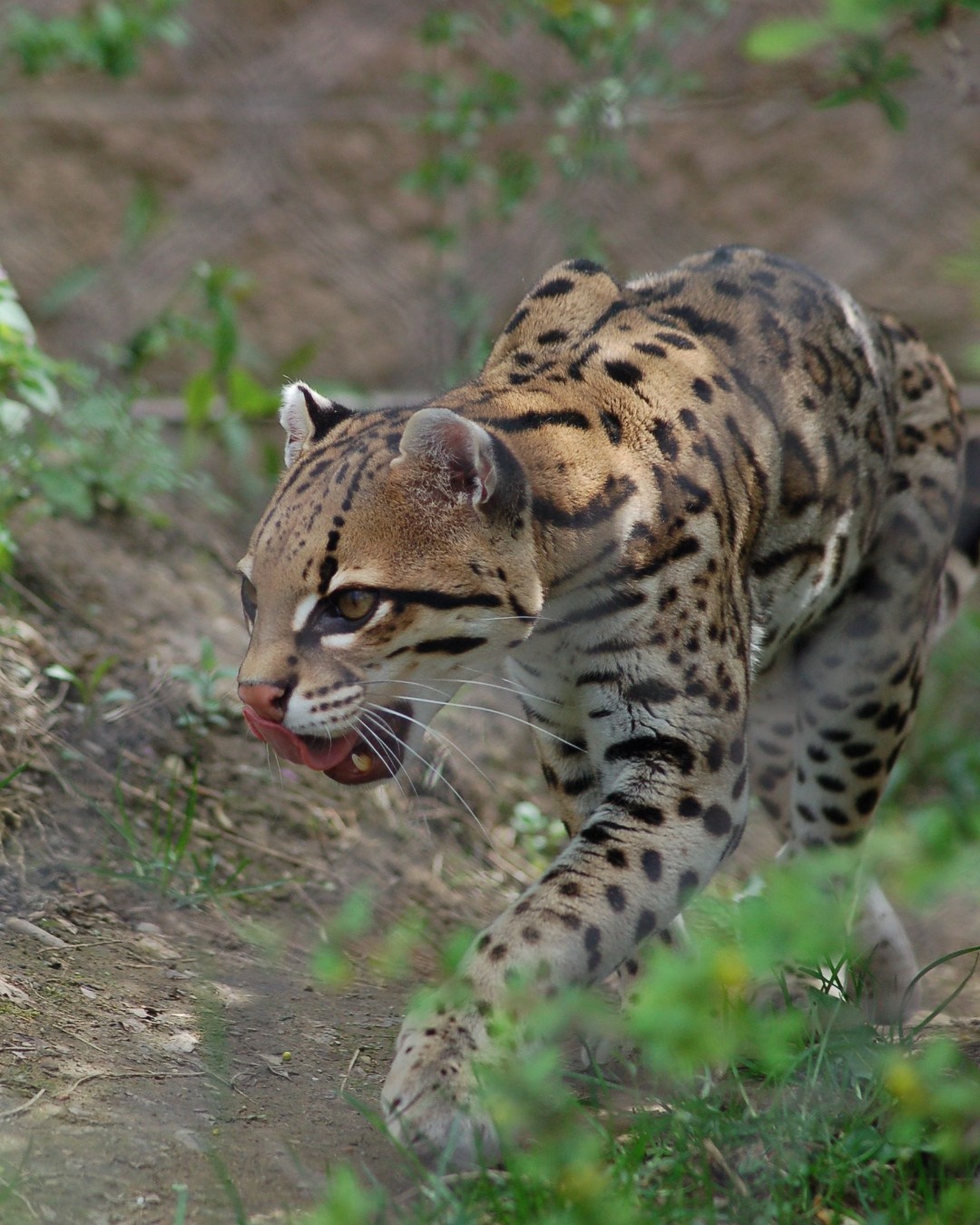- Characteristics and Behavior of the Ocelot: Exploring the unique coat patterns and nocturnal habits.
- Habitat and Distribution: Understanding where ocelots are found and how this affects their survival.
- Conservation Efforts: Strategies in place to protect and preserve the ocelot population.
- Zoological Management: How zoos contribute to ocelot care and education.
- Human Impact and Preservation Challenges: Addressing the threats and solutions for ocelot conservation.
Ocelots, medium-sized wild cats native to the Americas, are intriguing creatures known for their striking appearance and elusive nature. One of the most remarkable features of ocelots is their distinct coat patterns. Each individual displays a unique set of spots and stripes, much like human fingerprints. This diversity not only adds to their allure but also plays a crucial role in their survival, aiding in camouflage within their dense, forested habitats.
Primarily nocturnal, ocelots are adept hunters, preying on small mammals, birds, and reptiles. Their keen senses of sight and hearing make them formidable predators under the cover of darkness. The solitary nature of ocelots often necessitates a large territory, with males patrolling areas that can range from two to eighteen square miles. Their territorial instincts ensure they have ample resources for survival and to support potential offspring.
Ocelots inhabit various environments, from dense tropical rainforests to shrublands and mangroves. Their range extends from South America, through Central America, and into the southern United States. This wide distribution underscores their adaptability but also highlights the threats they face. Deforestation, habitat fragmentation, and human encroachment pose significant challenges to their survival. Each factor reduces the available habitat, often leading to increased human-wildlife conflict and decreased genetic diversity.
Conservation efforts for ocelots are multifaceted. Various organizations and governments have implemented measures to protect their habitats and monitor populations. Protected areas and wildlife corridors are vital for preserving these cats’ natural environments and ensuring genetic diversity. Additionally, awareness campaigns aim to educate communities about the ecological importance of ocelots and the consequences of habitat destruction.
Zoos play a crucial role in ocelot conservation. They not only provide safe environments for breeding and care but also serve as educational platforms for the public. By observing ocelots, visitors gain a better understanding of the species’ behavior and the challenges it faces. Zoological management focuses on ensuring that captive ocelots live healthy lives while contributing to broader conservation goals through breeding programs and research.
Human activities remain one of the biggest threats to ocelot populations. Illegal hunting for their fur, road construction that fragments habitats, and ongoing deforestation are persistent challenges. Conservationists advocate for supportive legislation and safe passages, such as wildlife overpasses, to reduce road fatalities. Community engagement and sustainable land-use practices are essential tools for balancing human development with wildlife preservation.
The striking appearance and ecological role of ocelots captivate many. By fostering a deeper appreciation of these remarkable cats, we can inspire actions that ensure their survival. Through collaborative efforts, we can protect not only the ocelots’ habitats but also the delicate ecosystems they inhabit, securing a future where this beautiful creature continues to thrive.
*****
Source Description
Magic the Ocelot was spotted on the prowl! Did you know no two ocelots have the same coat pattern?


